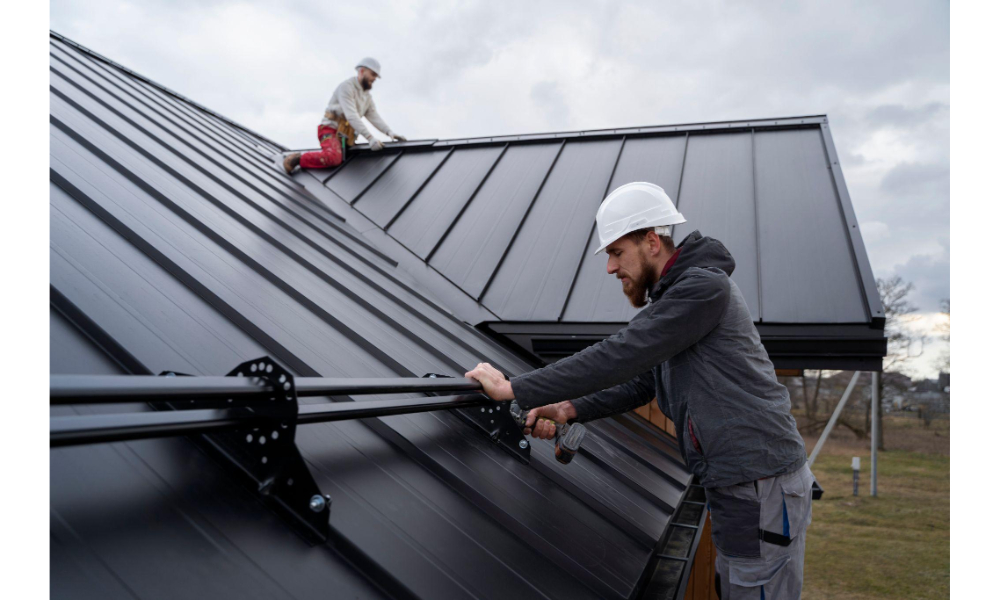Creating an inviting and accessible home or business is not just a matter of following the rules: it is about caring for the people who walk through your doors. A handicap ramp is one of the easiest and most effective things you can do to facilitate accessibility. Whether you are a homeowner considering the needs of a family member or a small business owner wanting to serve every customer, knowing when to invest in a ramp for your property can change everything. Accessibility makes dignity, comfort, and independence possible, and that’s worth the effort. Read more on this page.
Who Benefits from a Ramp?
A handicap ramp is not just for wheelchair users. It helps everyone with mobility limitations who may have trouble escalating stairs or walking on an uneven surface. Loved ones who rely on walkers, individuals recovering after surgery, or even parents with strollers will find ramps a safer and more effective way to navigate your entry.
Often, a person might not realize how often accessibility is valued until they witness this being appreciated in everyday life. For example:
- Older people want to age in place and live at home, rather than go into a nursing home or assisted living.
- Customers with limited mobility are unable to reach your business, otherwise.
- Staff making deliveries, and using carts or equipment, are handling them on uneven or non-existing ground.
Even neighbors and friends that only come occasionally will appreciate the attention of having a safe, accessible entry. When you start to notice these everyday experiences, you realize that ramps are not a courtesy but a necessity.
ADA Rules for Private Property
Even if your property is not open to the public, accessibility standards do matter. The Americans with Disabilities Act (ADA) outlines the slope, dimensions, and handrail guidelines. Although those specifications can serve as guidelines for homeowners to make their property safe, for businesses they are also required for legal purposes and client confidence.
When planning a handicap ramp installation Vacaville, ensure the company you use is ADA compliance experts and specializes in paving. A ramp is more than just pouring concrete — it’s also determining grading, grade transitions, and drainage so that if water runs on a ramp it does not become slippery when wet and dangerous when moving from a sloped surface to your intended surface.
The correct slope will make the ramp more than just a convenient access point to your property; it will also lessen the risk of slipping or straining while using it. Hiring a professional concrete repair or asphalt paving contractor with experience with ADA handicap ramps will allow the ramp to look as though it was integrated with the sidewalk, driveway, or parking lot where it will be located. It will also provide a professional, safe, and permanent solution to the laterally displaced structure.
An experienced contractor will be able to assist in identifying additional areas to improve accessibility, which may include adjacent curbs, steps, or parking areas.
Signs Your Property Is Not Accessible
Often an owner does not realize there is a need for a ramp until it becomes an issue. When guests are struggling to enter or just do not come at all, it is time to consider changing something. Examples of accessibility barriers are:
- Entry stairs with no other path
- Uneven or cracking concrete leading to the door
- Lack of curb cuts on your driveway or parking lot
- Limited width or door passageways, and even narrower paths
All of these examples represent daily barriers for those with limited mobility. By addressing these issues now, you can mitigate missed opportunities or, potentially, safety problems. Follow this link https://www.access-board.gov/ada/ for more details.
Safety and Liability Considerations
As much as convenience, ramps can be a matter of responsibility. If someone trips, falls, or is otherwise unable to access your property safely, you can be open to liability. Businesses need to give consideration to these risks, but homeowners also could be vulnerable to liabilities if accessibility is not addressed.
Ramps made of concrete and asphalt solutions eliminate these risks by providing stable, slip-resistant pathways. While at first, you may have seen an ADA-compliant ramp as a kind gesture, it is also a means of self-protection and protecting those who access your property.
For commercial properties, it can be a good business decision that conveys your desire to be inclusive and considerate to every customer. Furthermore, providing a well-planned and engineered ramp can even provide curb appeal and enhance your property’s value. Smooth paving, neat handrails, and professional finishing prove that the property owner considers both safety and appearance important attributes.
Planning for Future Needs
Accessibility should not only be about your current needs but your future needs as well. While you may not need a ramp now, or may not have family or loved ones who would benefit from a ramp now, planning your accessibility needs for the future is a valuable investment in time, stress level, and money. A sudden injury, growing aging parent, or customer demographic shift can change the accessibility needs of your property in an instant.
When considering the future, consider:
- How long you plan to stay in your home or run your business at the same location.
- Whether your sidewalk, driveway, or parking lot could also benefit from paving updates.
- The possibility to build more ramps or widen walkways in the future without having to demolish expensive work.
Future-proof your property and be ready for what comes next in life. By considering these elements now, you will ensure that your property is welcoming and functional for years to come.
When you work with professionals that understand excavation, grading, and ADA-compliant design, you will have peace of mind that the work meets appropriate codes and your outcome is what you envisioned. Adding a handicap ramp is more than a project; it is a commitment to accessibility, safety, and compassion. By seeing the signs and thinking ahead, you will catch the ways to make your property a place everyone feels they belong.











